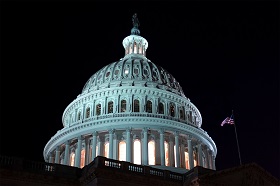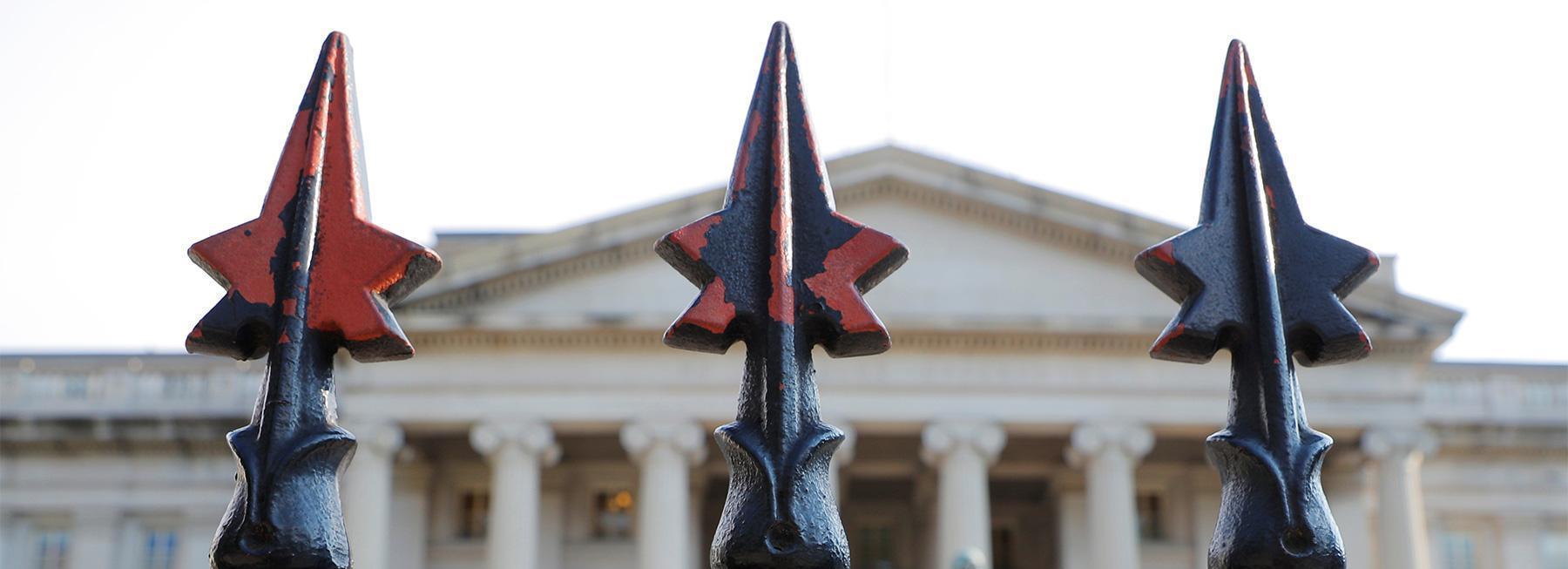In terms of sanctions, February was significant due to reports about certain ties between Russia’s Gazprombank and PDVSA, Venezuela’s monopolist in oil production. On February 10, Gazprombank refuted a report by Reuters that PDVSA’s banking accounts had been transferred to the Russian lending institution. Later, Reuters shared insider information that Gazprombank had frozen the Venezuelan companies’ accounts. Gazprombank has not commented on this report, but it was refuted by PDVSA itself.
This development might appear to be of secondary importance compared to the sensational proposals U.S. senators put forward with draconian sanctions against Russia or compared to the EU’s decision on the “chemicals package.” However, it raises important questions concerning Russian banks’ strategy regarding the U.S. sanctions. In January, PDVSA was put on the U.S. SDN List. This means that any company conducting transactions with PDVSA risks being fined by the U.S. Department of Treasury, and the fine will be tied to the transaction’s amount. The risks increase significantly if transactions are made via U.S. financial institutions.
In terms of sanctions, February was significant due to reports about certain ties between Russia’s Gazprombank and PDVSA, Venezuela’s monopolist in oil production. On February 10, Gazprombank refuted a report by Reuters that PDVSA’s banking accounts had been transferred to the Russian lending institution. Later, Reuters shared insider information that Gazprombank had frozen the Venezuelan companies’ accounts. Gazprombank has not commented on this report, but it was refuted by PDVSA itself.
This development might appear to be of secondary importance compared to the sensational proposals U.S. senators put forward with draconian sanctions against Russia or compared to the EU’s decision on the “chemicals package.” However, it raises important questions concerning Russian banks’ strategy regarding the U.S. sanctions. In January, PDVSA was put on the U.S. SDN List. This means that any company conducting transactions with PDVSA risks being fined by the U.S. Department of Treasury, and the fine will be tied to the transaction’s amount. The risks increase significantly if transactions are made via U.S. financial institutions.
The U.S. Department of Treasury fines various companies regardless of their sector and the amount of transactions conducted with persons/entities that have been sanctioned. The fines range from ten thousand to hundreds of millions, and given claims by other U.S. regulators, the fines can reach billions of dollars. Banks bear special risks. Over the last five years, the banking sector has been fined with greater frequency than other sectors, and the average fine has been higher, too. U.S. proceedings against BNP Paribas, Credit Agricol, and Commerzbank AG have made headlines. In 2018, Societe Generale and JPMorgan Chase paid large fines. In 2014, the Bank of Moscow had a run-in with the U.S. Department of Treasury and subsequently paid over $9 million.
Banks conduct a large number of transactions, which increases the risks of violating sanctions regimes. Many cases were connected with inadvertent actions or glitches in the screening equipment. However, when sanctions were breached and U.S. laws were bypassed deliberately, the fines grew manifold.
There is another pattern. Regardless of their country of origin, banks almost always demonstrate the highest compliance with the requirements of the U.S. Department of Treasury. Transactions with a person/entity under sanctions are stopped, banks revise their compliance programs, make personnel decisions and demonstrate their willingness to cooperate with the OFAC.
Gazprombank’s caution is consistent with global practices. Although sanctions were imposed on Venezuela in 2014, thus far there have been no cases of U.S. claims being settled under that package. On the other hand, sanctions on such a major player as PDVSA were imposed less than a month ago. And the previous history of fines for violating sanctions against Iran, Sudan, Cuba, etc. compels any bank to adopt risk control measures.
What are these risks? The greatest problem is being caught deliberately violating the sanctions regime or ignoring U.S. laws. It is even worse if the bank conceals the violation and does not disclose it voluntarily. And it is still worse if it does not take steps to rectify the situation. The worst-case scenario is if the violations are carried out by management and not by rank-and-file personnel. Large banks try to include these features into their policies.
Still, complying with OFAC requirements will hardly make a bank immune to being put on the SDN if sanctions against Russia are drastically tightened, especially if bills like DASKAA and its new analogues gain traction. But this is a different story entirely. This is a risk stemming from big politics. It is extremely difficult for banks themselves to manage it.






